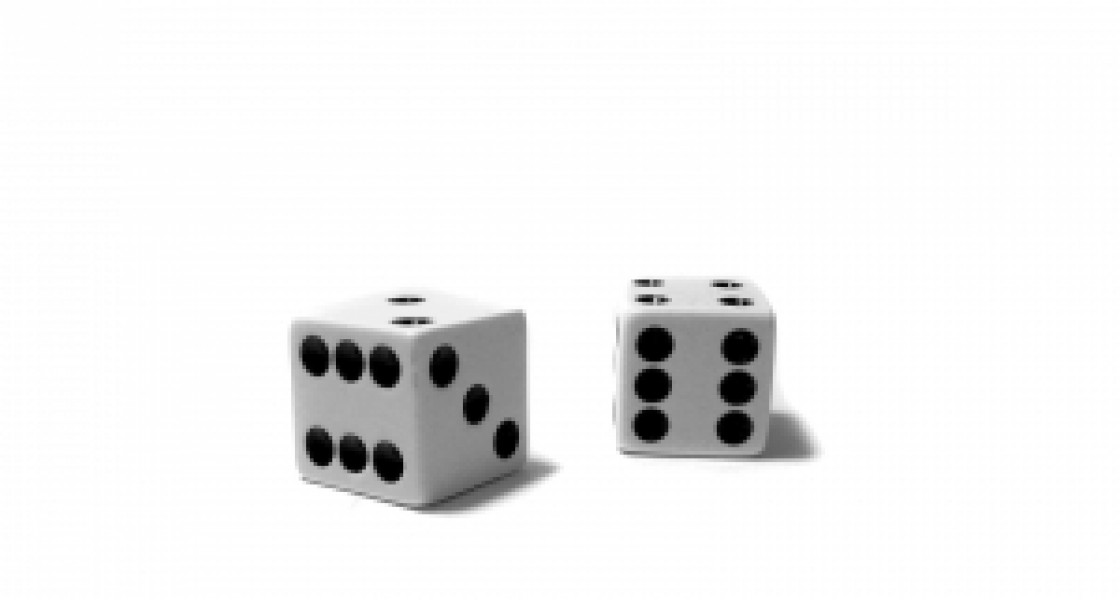 What is your greatest fear? If you said death, public speaking, spiders or snakes, you’re not alone. But if you want to lump whatever those fears are into one word, what humans fear universally is the unknown.
What is your greatest fear? If you said death, public speaking, spiders or snakes, you’re not alone. But if you want to lump whatever those fears are into one word, what humans fear universally is the unknown.
As entrepreneurs we embrace the unknown rather than spending our assets and resources trying to avoid it. The true entrepreneurial spirit sees the unknown as possibility and opportunity. “It’s the stuff that dreams are made of…”
Yes, you need to know the road is rocky. You will make misjudgments. Failures, big or small, will occur. You may lose a client deal you’ve invested a lot of energy into cinching, or your company loses all of its funding and goes belly up. An old adage says simply that successful entrepreneurs are those who step up to the plate one more time than they’ve been struck out. You may find encouragement in that when you have a “failure” but it’s not a healthy, ongoing model for a successful business.
As an entrepreneur, you will be dealing with how best to allocate your limited resources. If you understand the EVC (expected value concept), and make well-researched, mathematical predictions of your odds of success, you will understand better how to allocate your resources.
The EVC, simply stated, is: Outcome Value times Odds of Success = Expected Value, i.e., businesses opportunities in which EV exceeds cost are good investments, and the greater the difference, the better the investment. If the costs exceed the EV, don’t do it.
Various gambling scenarios help to show us the truth of the EVC.
1) In a coin toss, we each bet one dollar. Whoever wins gets the two dollars. Each of our odds are 50-50. 50% of $2.00 = $1, the same as your investment. It’s a wash, no matter how many times you flip the coin.
2) At the roulette table, one bets on red or black, or even or odd. The payout is 1:1. Due to the 0 and 00 on the board in which the winnings go to the house, your odds are not actually 50-50, but 18/38, or 0.47. Your expected value is 0.47 times $2, or $0.94, while your investment is $1. Bad bet!
3) Playing the Lottery is an interesting case. The exact details of the math are extremely complicated, including factoring in the possibility of multiple winners. For example, in the first week of a typical 6 out of 49 lottery, the EV of a $1 lottery ticket is about $0.25. Assuming no winners, the jackpot increases week to week and the number of ticket buyers increases as well, but not as much as the jackpot increases. As a result, the EV increases until eventually (when the jackpot hits a little over $150 million) the EV of a ticket actually exceeds its cost.
In one famous example, Stefan Klincewicz and his associates bought up almost all of the 1,947,792 combinations available on the Irish lottery, paying less than a million Irish pounds, while the jackpot stood at £1.7 million. Although Klincewicz ended up splitting the jackpot with two other winning ticket holders, and numerous “Match 4” and “Match 5” prizes were paid out, Klincewicz still made a small profit.
Applying Expected Value in Your Business
The EVC is an essential part of both forecasting and decision-making for your business.
Spreadsheets for sales forecasting is one often-used application. For each potential deal, figure the odds of successfully closing the deal and the total value of the sale. Multiplying those two figures, you get the EV (expected value) of each deal. Add all the EV’s and you will have EV of your sales pipeline.
The difficulty is in estimating the cost of the sale – support staff, travel, conference time, cost of delivery.
Let’s look at two possibilities:
Deal #1 has a 50% chance to close a $10,000 sale. The estimated cost of the sale (including time to close the deal, deliver the product and support it) is $5,000. Your EV is also $5,000. 1.0 (.5 x $10,000 = $5000). It’s a break-even proposition.
Deal #2 has a 25 % chance to close on a $5,000 sale. The estimated cost to close it is only $1,000. Your EV (.25 x 5000 = $1250) is $1,250. Your return ratio is $1,250/$1,000, or 1.25. It’s a better proposition.
If you are a compulsive gambler, entrepreneurship may not be your best path to take. If you look at the above examples and think that the 50% odds on a $10,000 sale is better use of your time than the 25% $5,000 sale, you are ignoring the cost factor. Don’t be fooled by the thrill of a big return; always consider the costs.
Factoring in Risk
You will most frequently be more successful if you choose to invest your time and resources in those activities with the highest return ratios, but this always has to be tempered by your risk tolerance.
Deal #1 has a 50% chance to close on a $100,000 deal. If the cost to make the sale is $20,000 (includes the majority of your sales resources’ time for a couple of weeks). $50K/$20K — that’s a 2.5 return ratio.
Four smaller deals valued at $25,000 each also have a 50% chance to close, with a cost per sale of $6,250. The expected value is again $50K, but the cost is $25K — that’s a 2.0 ratio.
On paper, if you have to choose, it seems like deal #1 is the better choice. On average, over time, if you had to make this decision repeatedly, it probably would be. However, consider this: In deal #1, your odds of getting nothing — losing everything — are 50%. In the multi-deal scenario, your odds of getting nothing are only 1 in 16, or 6.25 %. Your chance of making at least one sale, and therefore at least breaking even, is 93.75 percent.
No matter how great the expected value, you must always consider whether there is an acceptable level of risk. Again we find wisdom in old sayings: “Don’t bet more than you’re willing to lose.”
Factoring in Optimism
To be an entrepreneur is to be an optimist. It is a vital personality trait for going into business for oneself. Looking at the expected value of starting a new business and considering the statistics, almost anyone would realize that we should probably seek a full-time job! Entrepreneurs don’t, however because we consider the potential rewards worth the risk, and we believe we will beat the odds. We will succeed where so many have failed.
Sadly it is much more difficult to calculate the odds on business initiatives than for games of chance. Businesses with frequent repeated sales will gather enough data over time to have well-reasoned base models. Experience helps create expected patterns for closing ratios and lifetime value of a customer. But with a new business or truly unique deals, your estimations are based on some combination of past experience, new information, and intelligent guesswork.
“To thine own self be true” only works if you know yourself. Are you a pie-in-the-sky optimist or simply a happy believer that things turn out for the best? Factor in your personal optimism rating when estimating the possibility of success. Being an intense optimist, I’ve learned to discount all of my optimistic estimates by about 20 percent. You need someone on your team to be the voice of reason. And you need to listen to them. But when all is said and done, as an entrepreneur “the buck stops here.” We have to be prepared to be truthful with ourselves, and if an idea has no value to anyone but us, table it and find a new idea.
Finally, expected value and return ratios are but two elements of the process for making big decisions. Cash flow, strategic value, and yes, gut feeling need to be included in the mix. However, EV and return ratios should become essential elements in forecasting and planning. Use them well and consistently. They will help you beat the odds.









